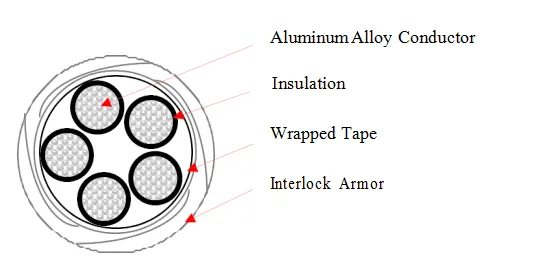Dec . 03, 2024 17:38 Back to list
ball valve flange type
Understanding Flange Type Ball Valves An Essential Component in Modern Piping Systems
Ball valves are widely recognized for their reliability and efficiency in controlling the flow of fluids and gases in various industrial applications. Among the different designs of ball valves, the flange type ball valve stands out due to its robust construction and ease of installation. This article explores the characteristics, advantages, and applications of flange type ball valves in modern piping systems.
What is a Flange Type Ball Valve?
A flange type ball valve is a type of quarter-turn valve that uses a spherical disc to control flow. The valve body is equipped with flanges on both ends, allowing it to be easily bolted to piping systems. Flanged connections provide greater stability and strength, accommodating high-pressure applications and ensuring a leak-proof seal.
Design and Construction
Flange type ball valves are typically constructed from materials such as stainless steel, carbon steel, or plastic for corrosion resistance and durability. The design consists of the following components
1. Ball The core of the valve, which features a hollow center allowing fluid or gas to flow through when aligned with the pipe. When turned a quarter turn, the solid part of the ball blocks the flow.
2. Body The main structure of the valve, designed to withstand high pressures and temperatures.
3. Flanges Flat, circular plates that facilitate secure connection to the piping system. They come in various standards, such as ANSI, DIN, and JIS, depending on the application.
5. Actuator While many flange type ball valves are operated manually with a handle, they can also be fitted with pneumatic or electric actuators for remote or automated control.
ball valve flange type

Advantages of Flange Type Ball Valves
1. Ease of Installation Flanged connections simplify the installation process, allowing for quick assembly and disassembly as needed. This is particularly beneficial for maintenance and repair.
2. Robustness The sturdy construction of flange type ball valves makes them suitable for handling high-pressure and high-temperature applications, reducing the risk of failure in demanding environments.
3. Versatile Applications Due to their design, these valves are suitable for various applications, including water supply, oil and gas, chemical processing, and HVAC systems.
4. Minimal Flow Resistance The ball design allows for smooth flow with minimal resistance, making these valves efficient in regulating flow rates.
5. Leak-Free Sealing Properly installed flange type ball valves provide excellent sealing capabilities, minimizing the risk of leaks and ensuring safe operation.
Applications of Flange Type Ball Valves
Flange type ball valves are used in multiple industries due to their versatility. Some common applications include
- Oil and Gas Industry Used in pipelines for flow control, especially in upstream and downstream operations. - Water Treatment Employed in treatment plants for controlling water flow and distribution. - Chemical Manufacturing Utilized to handle corrosive substances in reactors and pipelines. - HVAC Systems Used to regulate heating and cooling fluids in large buildings. - Food and Beverage Industry Suitable for applications requiring strict hygiene standards, such as in processing plants.
Conclusion
Flange type ball valves are essential components in modern piping systems, offering a combination of ease of installation, robustness, and reliable performance. Their versatility allows them to be used across various industries, making them a popular choice for engineers and operators alike. Understanding the design, advantages, and applications of these valves is crucial for anyone involved in fluid and gas handling processes. As industries continue to evolve, the demand for efficient and reliable flow control solutions, such as flange type ball valves, will only increase.
Share
-
Reliable Wafer Type Butterfly Valves for Every IndustryNewsJul.25,2025
-
Reliable Flow Control Begins with the Right Ball Check ValveNewsJul.25,2025
-
Precision Flow Control Starts with Quality ValvesNewsJul.25,2025
-
Industrial Flow Control ReliabilityNewsJul.25,2025
-
Engineered for Efficiency Gate Valves That Power Industrial PerformanceNewsJul.25,2025
-
Empowering Infrastructure Through Quality ManufacturingNewsJul.25,2025